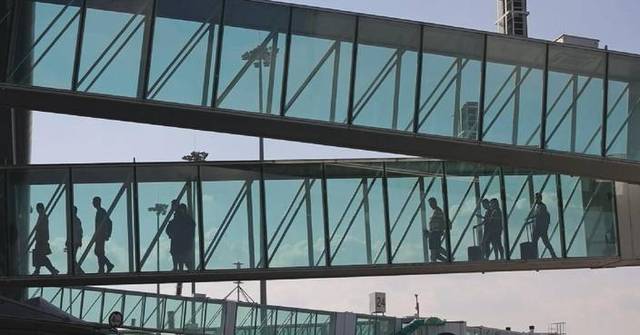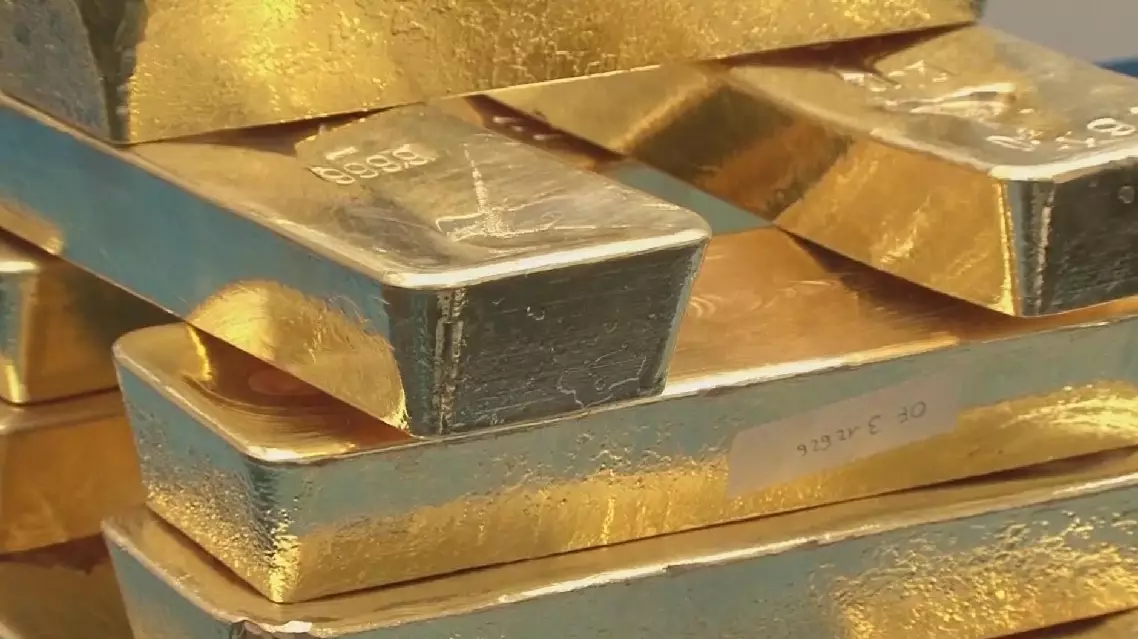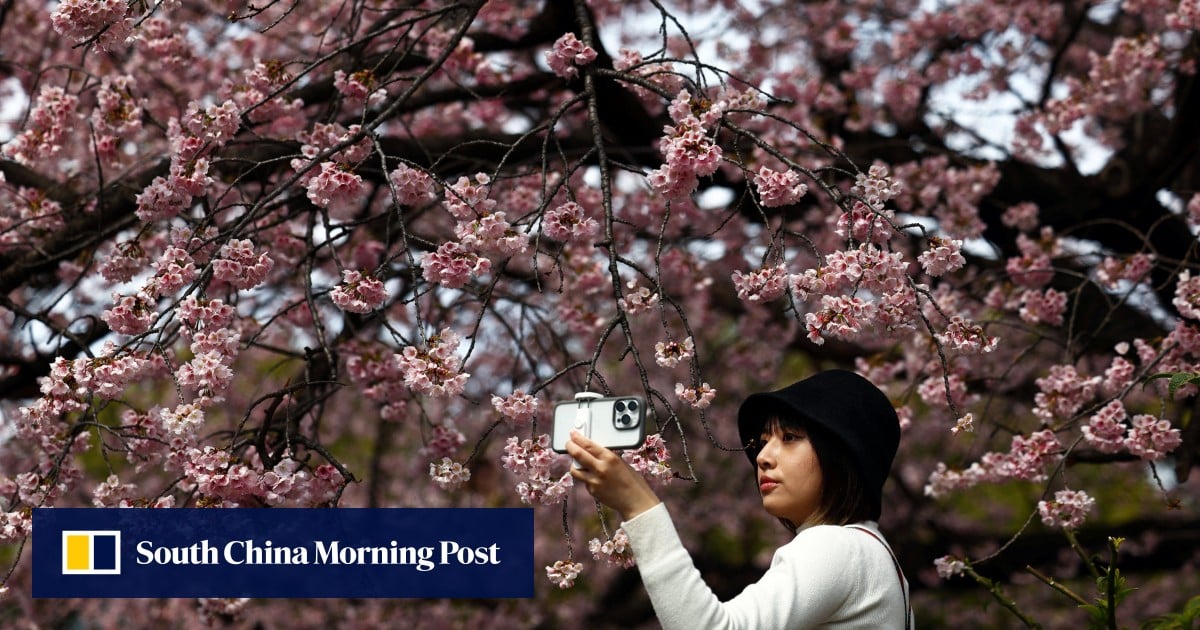China has seen a surge in air travel bookings and ticket prices ahead of the Qingming holiday, as travelers flock to popular tourist spots to embrace the spring scenery.
This year’s Qingming Festival, or Tomb-Sweeping Day, falls on Friday. With spring in full bloom, tourist attractions across the country are expected to see an increase in visitors enjoying the flower season during the three-day holiday.
As of April 1, more than 3.02 million domestic flight tickets had been booked for the Qingming holiday, a 10 percent increase year on year, according to data from the flight travel app Umetrip.
Air travel bookings have surged for popular flower-viewing destinations in eastern China, with Wuxi in Jiangsu Province and Huangshan in Anhui Province seeing year-on-year increases of 35 percent and 50 percent, respectively, according to data from online travel platforms.
Tourist interest in Ili Kazakh Autonomous Prefecture in northwest China’s Xinjiang Autonomous Region and Nyingchi City in southwest China’s Xizang Autonomous Region has surged, driven by their blooming spring landscapes. Searches for connecting flights to these destinations have jumped 98 percent year on year, while holiday flight bookings to Nyingchi have risen by more than 50 percent compared to the same period last year.
Currently, the highest one-way ticket price for domestic flights to Wuxi has gone up by almost 10 percent. The average one-way ticket prices for flights to Huangshan and Nyingchi last week rose by 15 percent compared to the previous week.
Meanwhile, many Chinese travelers are opting for outbound tourism during the Qingming holiday, with Japan, South Korea, and Singapore among the top destinations.
The National Immigration Administration expects the number of cross-border travelers to average 2.1 million per day during this year’s Qingming holiday, a 21.4 percent year-on-year increase compared to last year.
As of April 1, the number of inbound and outbound flight bookings for the holiday has surpassed 630,000, up 24 percent from the same period last year.
“Flight prices during the Qingming holiday are lower compared to the Spring Festival and May Day holidays. However, prices for some popular routes have risen as the departure date approaches. Currently, flights from Beijing to Hanoi and Ho Chi Minh City are under 1,000 yuan (about 138 U.S. dollars), while flights to Bangkok, Seoul, and Jeju Island range from 1,000 to 2,000 yuan (about 275 U.S. dollars). Flights from Shanghai to Bangkok are as low as more than 500 yuan (about 69 U.S. dollars), and tickets to destinations like Cheongju, Jeju Island, Fukuoka, and Osaka are around 1,500 yuan (about 206 U.S. dollars),” said Liu Ting, a researcher with the big data research institute of online travel service provider Qunar.com.
China sees uptick in flight bookings ahead of Qingming holiday
The gold price fluctuated above 3,140 U.S. dollars per ounce on Thursday, after President Donald Trump’s announcement of sweeping new tariffs against most U.S. trading partners.
The price of gold has jumped nearly 18 percent this year, as traders piled into the safe haven asset amid a steep decline in stock market futures.
Amid widespread opposition, U.S. President Donald Trump on Wednesday signed an executive order on the so-called “reciprocal tariffs,” imposing a 10-percent “minimum baseline tariff” and higher rates on certain trading partners.
All imports would be subject to 10 percent additional tariffs, except as otherwise provided, the executive order said. This will take effect on April 5.
Trump will impose an “individualized reciprocal higher tariff” on the countries and regions with which the United States “has the largest trade deficits,” according to a White House document. This will take effect on April 9.
Some goods will not be subject to the reciprocal tariff, including steel and aluminum, autos and auto parts already subject to Section 232 tariffs, copper, pharmaceuticals, semiconductors, and lumber, the White House noted.
For Canada and Mexico, United States-Mexico-Canada Agreement (USMCA) compliant goods will continue to see a 0 percent tariff, non-USMCA compliant goods will see a 25 percent tariff, and non-USMCA compliant energy and potash will see a 10 percent tariff, according to the White House.
In his speech at the White House Rose Garden, Trump presented a chart on “reciprocal tariffs.” The chart shows that different countries and regions face different tariff rates.
For example, China will face a 34-percent tariff, the European Union 20 percent, Vietnam 46 percent, Japan 24 percent, India 26 percent, South Korea 25 percent, Thailand 36 percent, Switzerland 31 percent, Indonesia 32 percent, Malaysia 24 percent, and Cambodia 49 percent.
Gold price fluctuates after Trump tariffs announcement



